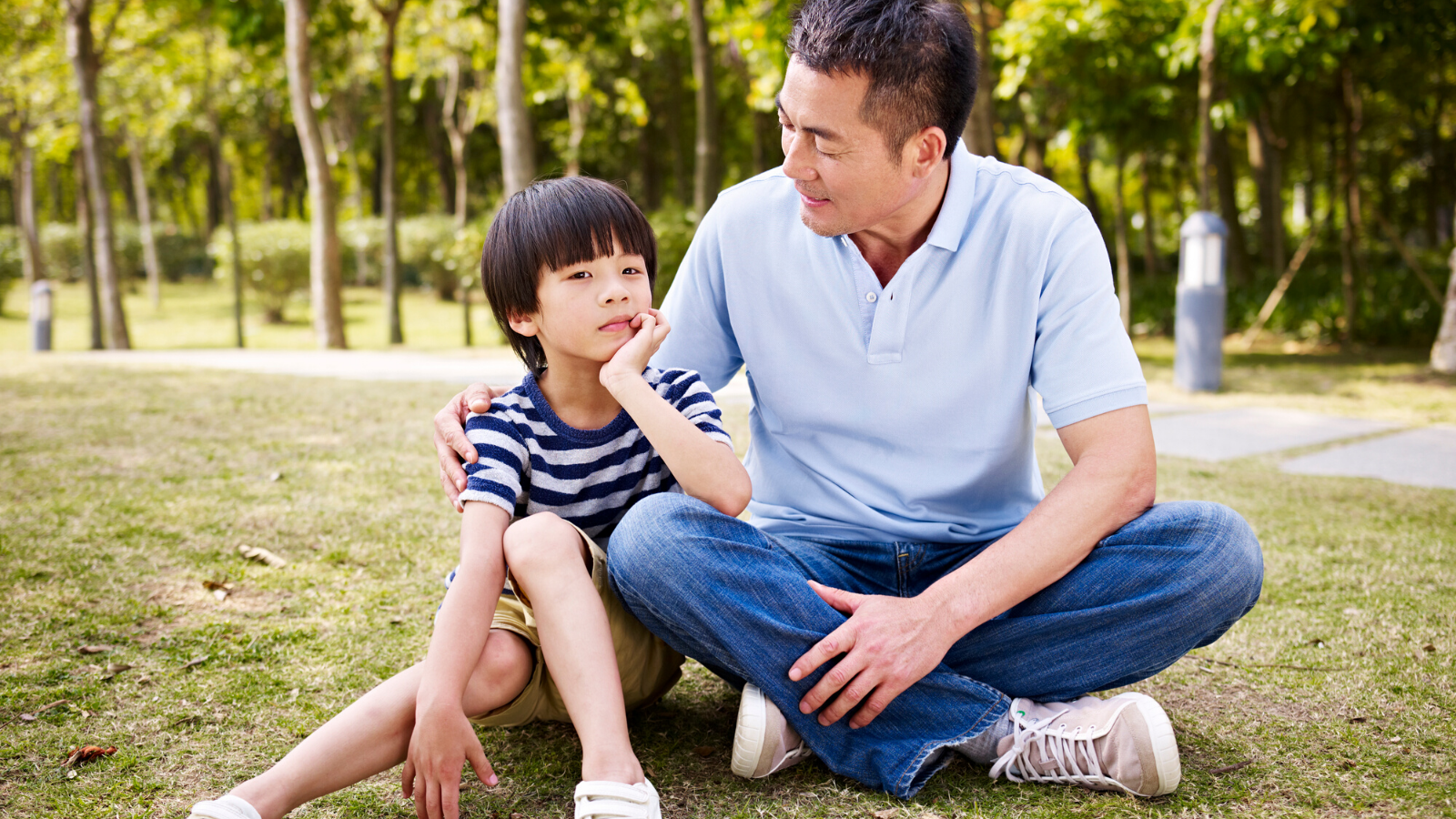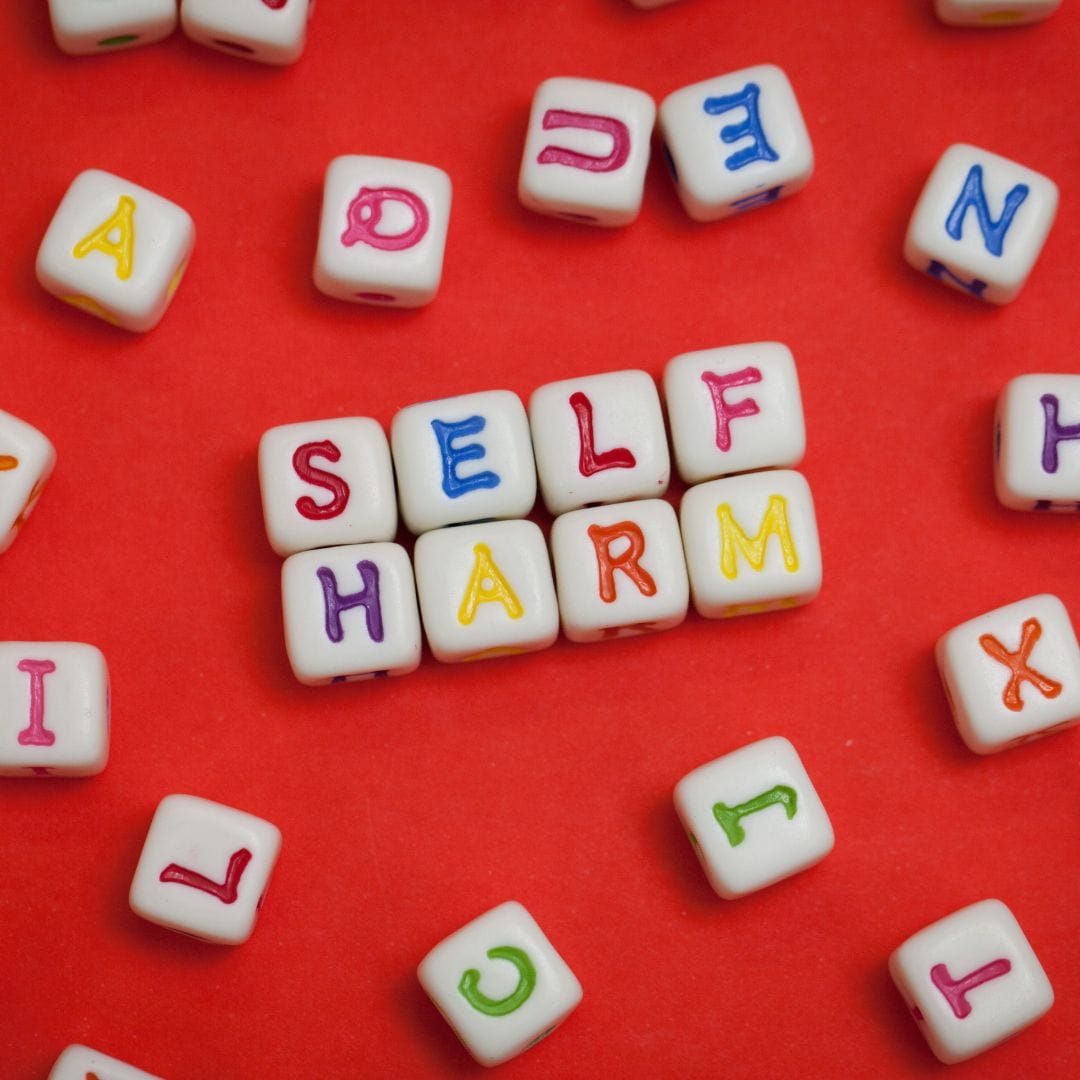
My Child Has Self-Harm Behaviours, How Can I Help?
Practice Active Listening to Draw Him or Her Closer To You
When teens encounter difficulties and, are unable to seek help or resolve them, they often hide their unsettling emotions. As time goes on, they may resort to self-harm to relieve their pent-up pressure. When parents or family members discover that their child cuts his/her wrist, they are often perplexed and at a loss. Parents can first seek help from a professional counsellor to receive guidance on how to face the situation and encourage their child to consult a counsellor. At the same, the counsellor can work with the parents to alleviate their distress.
Wrist cutting is observed in the student population from junior secondary to university, with secondary school students making up a larger proportion. Self-harm is also observed more commonly among girls. Many people think that youths cut their wrists as a way to seek attention from their parents. In reality, these youths typically do not want their self-harm scars to be seen by others and wear long-sleeved tops to cover their arms. In summer, the heat makes it harder for them to hide these scars and they may temporarily stop the wrist-cutting behaviour.
The Unspoken Pain of a Child
When the youths feel stuck unable to find a way out of their difficulties, they may hurt themselves to relieve their internal struggles and pain amid in a confused state. The physical pain (bleeding from the cut on their wrist) may be a way to vent, offset, or express their emotional pain and struggles (depression and mental distress). When youths turn to self-harm, this flags a dangerous warning sign.
Counsellors from The Companions would like to remind parents that self-harm behaviors may be an indication that a child is dissatisfied with himself or herself for various reasons: not meeting their parents’ or friends’ expectations, making comparisons with others, a discrepancy between their real self and their expected self, etc. Other than disappointments, the child may loathe himself or herself and think of self-punishment when encountering a setback. Some youths may choose to hit their head, hit a wall or cut their wrist to use physical pain to offset their anger. Although they are not suicidal, these actions indicate that they have reached a precarious state. Some youths may also turn to extreme behaviours such as the obsessive playing with video games, drinking alcohol, or staying up to void their inner pain.
Parents’ heartbrokenness
Parents have a burning desire to find out the reasons behind their child’s self-harm behaviours. When they start probing, their child will likely withdraw from them as they often cannot provide an answer. Excessive probing thus, have a counter-effect which makes the child less willing to share their thoughts and feelings. Parents should promptly consult a professional counsellor to seek help to manage their child when they realise that they can no longer communicate effectively with their child.
Counsellors from The Companion suggest that parents should first face the issue calmly as much as possible. Although parents are shocked and heartbroken that their child is exhibiting self-harm behaviors, overreacting will only make their child more likely to withdraw from them. To connect with them, parents should remain calm and avoid tackling the issue directly. Look for suitable opportunities to understand the source of the child’s unhappiness. This increases the chance to gain the child’s trust and establish a safe relationship. Talking to the child forcefully will only make him or her stonewall the parents. Speak with a gentle tone, and simply ask “How are you?”. If the child does not respond, ask again at a different time while accepting that the child needs space. This gradually allows the child to lower his or her defenses. If the child is willing to open up when being alone with his or her parents, parents can try to listen attentively to his or her emotions and avoid advice giving. Parents can also repeat what the child says about his difficulties emotions during such conversations. This creates a sense of togetherness and a sense of being understood. Gradually, the child will no longer feel alone. Finally, through active listening and establishing a safe relationship, act from the angle of the child’s concern/curiosity to guide him or her into being willing to consult a counsellor .
Steps For Parents to Manage A Child’s Wrist Cutting Behaviour:
- Discuss the situation with someone you trust (e.g., your spouse) and use an objective approach to assess the situation.
- You can first consult a counsellor or talk to a close friend to address any of your negative emotions such as self-reproach and anger.
- Try to get closer to your child, use different approaches to create opportunities to be alone with him or her so that you can listen to him or her
- Learn active listening and be empathetic (this is most important)
- Develop your relationship with your child, so that both of you are comfortable to consult a counsellor together.
(Note: As each case is unique, it is advisable to seek professional help promptly).
The Companions
Dr. KK Cheng
Counsellor









